The Ultimate Content Checklist to Take Your Content Strategy to the Next Level

Are you struggling to create an effective content strategy? You’re not alone! Many brands find it hard to design a well-organized plan that works. But don’t worry; we’re here to help! In this article, we’ll provide you with the ultimate content checklist to take your content strategy to the next level.
Before we dive into specifics, let’s first discuss why having a content strategy is crucial for every brand. A content marketing strategy is a blueprint that helps inform decisions and measure success. Without one, it’s challenging to determine if your efforts are paying off or not. This is why creating a well-defined content strategy plan is essential for every brand.
Now that we know why having a content strategy is important, let’s get down to business with our ultimate content checklist.
1. Create Your Buyer Persona
Before creating any content, it’s crucial to understand who your target audience is. Knowing your audience can help you tailor your message and create high-quality content that resonates with them. Take Starbucks as an example; they’ve narrowed down their target audience by age group and have seen significant revenue growth among millennials.
According to research, only 55% of marketers use personas. By taking the time to create a buyer persona, brands can better understand their customers’ needs and preferences, leading to more effective targeting with their messaging.
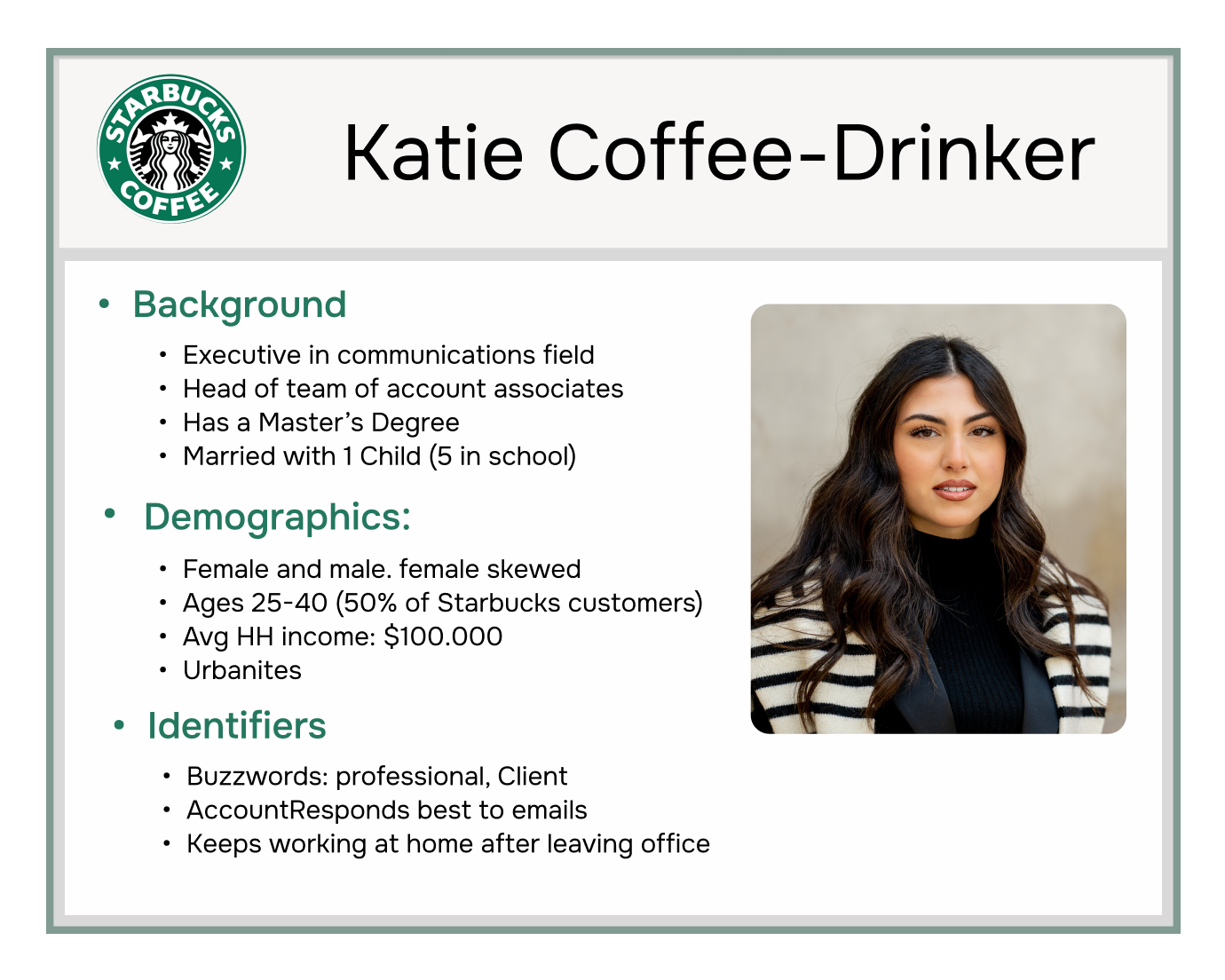
2. Redefine or Define Your Goals
Every successful content strategy starts with clearly defined goals in mind. Establishing specific goals can ensure that all efforts are aligned toward achieving them. To define goals for your brand’s needs, consider using an infographic illustrating the steps involved in setting realistic goals – this will make the process easy and efficient.
3. Weigh In Your Metrics
You cannot improve what you cannot measure. That’s why it’s essential to weigh in on your metrics as part of your content strategy plan. Measuring success can help determine if you are achieving your goals and which areas require improvement. Projected ROI, engagement rates, and website traffic performance are some of the key metrics to track. For instance, projected ROI helps you understand how much revenue your content marketing efforts have generated. Engagement rates such as likes, shares, and comments indicate how well your audience receives your content and how engaged they are with it. Website traffic performance is a crucial metric that shows how many people visit your website and which pages they find most valuable.
When weighing in on metrics, bear in mind that the right metrics will vary depending on the specific goals of your content marketing strategy. Therefore, it’s critical to choose the right metrics to track based on these goals.
For example, suppose one of your objectives is to increase brand awareness by reaching new audiences; in that case, tracking site traffic and social media impressions could be helpful. In contrast, if lead generation is a primary goal for you, then tracking form submissions or gated downloads should be included in the metrics.
4. Assemble the Team and Define Roles and Responsibilities
Assembling a team dedicated to executing your content strategy plan is crucial for its success. Assigning roles and responsibilities within the team ensures everyone knows what they’re supposed to do and when they need to do it.
Different roles come with different responsibilities within a content team. For instance, suppose you’re working with a larger team that includes executives alongside creative professionals such as writers or designers. In that case, the chief marketing officer (CMO) will oversee the entire process while the managing editor will be responsible for the editorial process.
However, if you have a smaller team, one person can handle multiple roles. For instance, an email marketer can handle social media management or copy editing while also creating email marketing campaigns.
Defining roles and responsibilities ensures that everyone is on the same page and knows their specific tasks. This minimizes confusion and helps ensure that your content strategy plan runs smoothly from start to finish.
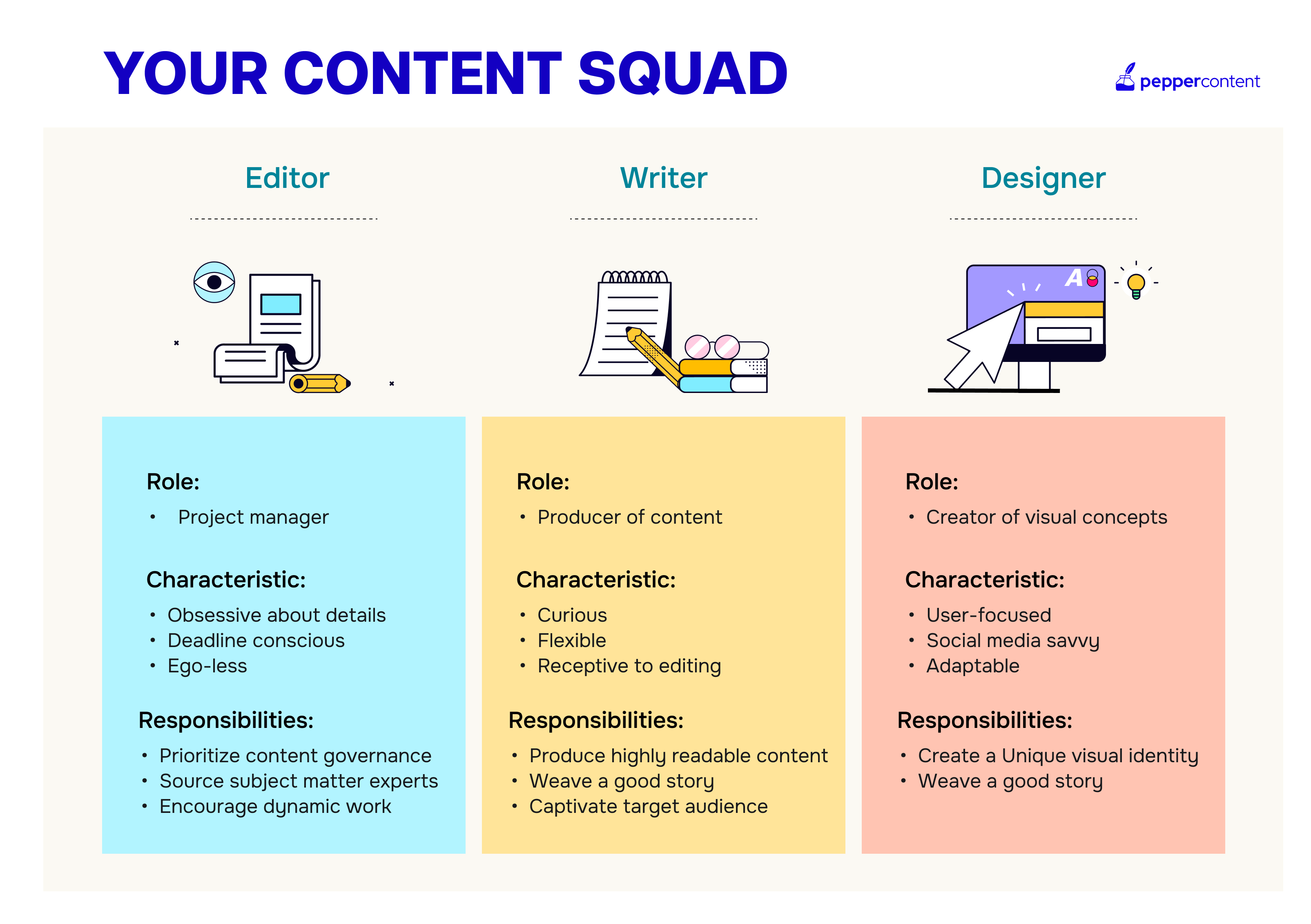
5. Get All Your Tools Together
Having the right tools at your disposal can make executing your content strategy more efficient. With so many available software options for creating, scheduling, and distributing content, it’s essential to identify which ones work best for your brand’s needs.
Some essential tools include keyword research, graphic design, social media management, analytics tracking, project management, etc.
For example, Google Analytics helps track website traffic performance while SEMrush is useful for keyword research. Canva is great for graphic design while Trello is perfect for project management. By identifying which tools work best for each task in your content strategy plan, you’ll ensure that everything runs smoothly and efficiently.
When selecting tools to use as part of your content quality checklist, consider factors such as cost-effectiveness and ease of use alongside features relevant to your needs.
Introducing Pepper Content Marketing Platform, a powerful platform to empower businesses to scale content marketing efforts by marrying enterprise workflows, expert talent, and AI. With a vision to manage content every step of the way, the platform enables building an SEO content strategy, content operations, content analytics, and distribution. It solves three main objectives that most marketers struggle with when it comes to content: growing organic traffic, scaling content efficiently, and providing content ROI.
The true value of any platform lies in its ability to integrate with various tools that are already a part of the modern marketer’s army. Pepper’s Content Marketing Platform has seamless workflows integrated with tools such as SEMrush, Google Analytics, Copyscape, Grammarly, and WordPress, to name a few. As and when the need arises in the content marketing process, each tool presents itself – almost like magic.
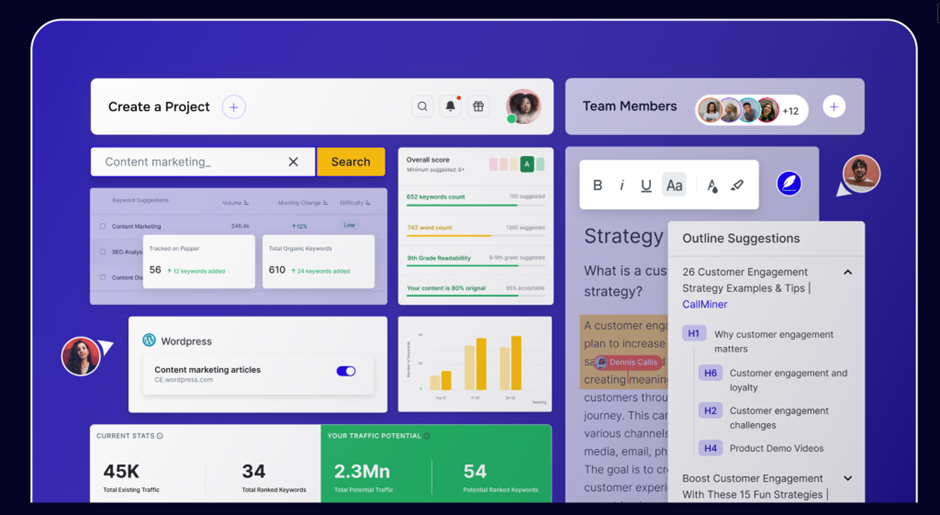
6. Start Planning Your Content
Creating an editorial calendar is crucial to consistently publishing quality content. Without a plan, it’s easy to get lost in the chaos of creating content and forget about your overall strategy. To begin planning your content, start by brainstorming ideas that fit within your brand’s story and messaging.
Once you have a list of ideas, organize them into categories or themes that align with specific goals you have set for your brand. For example, if your goal is to increase website traffic, consider creating more blog posts or social media content that drives users to your website.
When planning out your editorial calendar, be sure to include important dates and events such as holidays or industry-specific events. This will not only keep you on track but will also ensure you are creating relevant and timely content. Here’s an example of a content calendar:
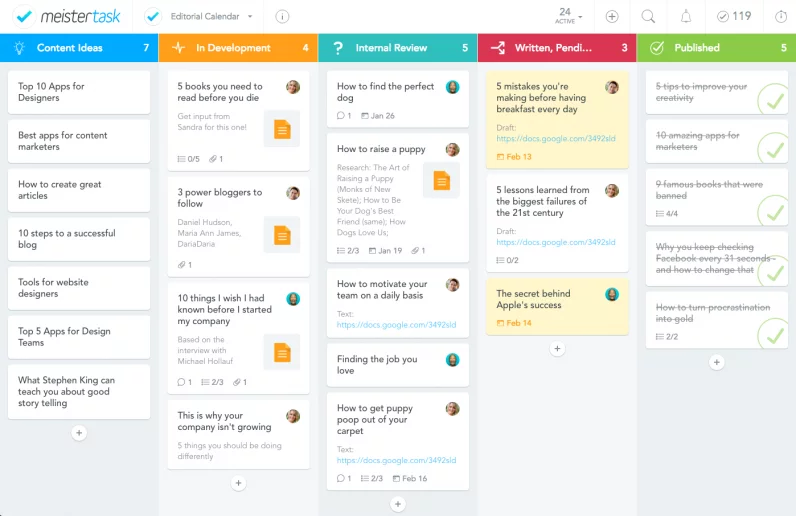
7. Think About Promotion and Distribution
Promoting and distributing your content is just as important as creating it. You want to make sure it reaches the right audience in the right way. Start by identifying which channels will work best for reaching your target audience. Is it through social media? Email marketing? Paid advertising?
Consider allocating a budget based on what channels have worked well in the past for promoting similar types of content. However, don’t be afraid to try new things! Experiment with different channels and see what resonates with your audience.
When promoting your content, remember to tailor your message to each specific channel. Social media posts should be shorter and catchier while emails can provide more detailed information about the benefits of reading or viewing the piece of content.
8. Don’t Forget SEO
Creating great content is essential, but it’s equally important to ensure that it is optimized for search engines. Without proper optimization, even the best content may not be visible to your intended audience. Start by researching relevant keywords and incorporating them throughout your content in a natural way.
Did you know that you can now build a Keyword Universe in just 15 mins? With Pepper’s Keyword Discovery feature, you can get access to personalized categories, themes, and keywords for your domain and potentially high-traffic attracting unique primary keywords.

Another strategy for improving SEO is through internal linking. This means linking to other relevant pages on your website within your content. Not only does this help search engines crawl your site more effectively, but it also keeps users engaged with your brand longer.
Remember that SEO is an ongoing process. Keep track of how your pages are performing and make adjustments as needed.
In conclusion, creating a successful content strategy requires careful planning and execution at every step along the way. By following this ultimate content checklist, you can ensure that you have everything you need to create the best possible content for your brand. Remember to focus on creating quality content that aligns with your brand messaging and resonates with your target audience. With a well-designed content strategy plan, you can achieve all of the goals outlined in this article and take your brand’s online presence to new heights!
FAQS
1. What is a content strategy plan?
A content strategy plan is a documented approach to creating and distributing relevant, valuable, and consistent content to attract and retain a clearly defined audience and ultimately, drive profitable customer action. It outlines how your brand will use content to achieve its marketing goals.
2. What is the best content strategy?
The best content strategy is one that aligns with your business objectives, target audience, and available resources. There isn’t a one-size-fits-all answer to this question. A good starting point is to identify your audience’s needs, preferences, and pain points and create content that addresses them while staying true to your brand’s messaging and values.
3. What should be included in a content strategy checklist?
A comprehensive content strategy checklist should include a clear definition of your target audience, brand voice and tone guidelines, keyword research, an editorial calendar, metrics for measuring success, social media promotion plan, and guidelines for repurposing existing content.
4. How can I improve the quality of my content?
To improve the quality of your content, make sure it’s well-researched, data-backed, engaging, and actionable. Use visuals where relevant and ensure it’s easy to read by breaking down large chunks of text into smaller paragraphs with subheadings. Finally, proofread it thoroughly before publishing.
Latest Blogs
Learn how to rank on AI search engines like ChatGPT, Perplexity, and Gemini by optimizing your content for authority, structure, and relevance. Stay ahead in AI-driven search with this strategic guide.
Explore the best healthcare SEO services for your medical practice. Improve online visibility and effectively reach more patients in need of your services.
Discover top social media agencies specializing in banking solutions, enhancing financial services and driving engagement.
Get your hands on the latest news!
Similar Posts

Content Strategy
5 mins read
Choosing The Best Healthcare Marketing Agency For Effective Content Solutions
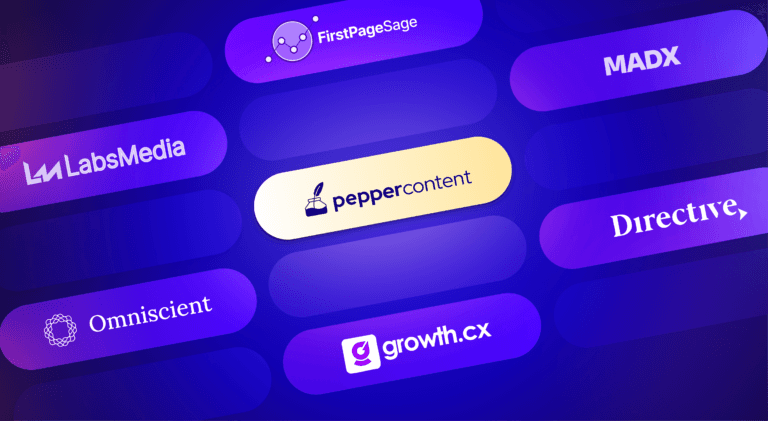
Content Marketing
4 mins read
Top 10 Agencies B2B SaaS Content Marketing for B2B Success

B2C Marketing
5 mins read